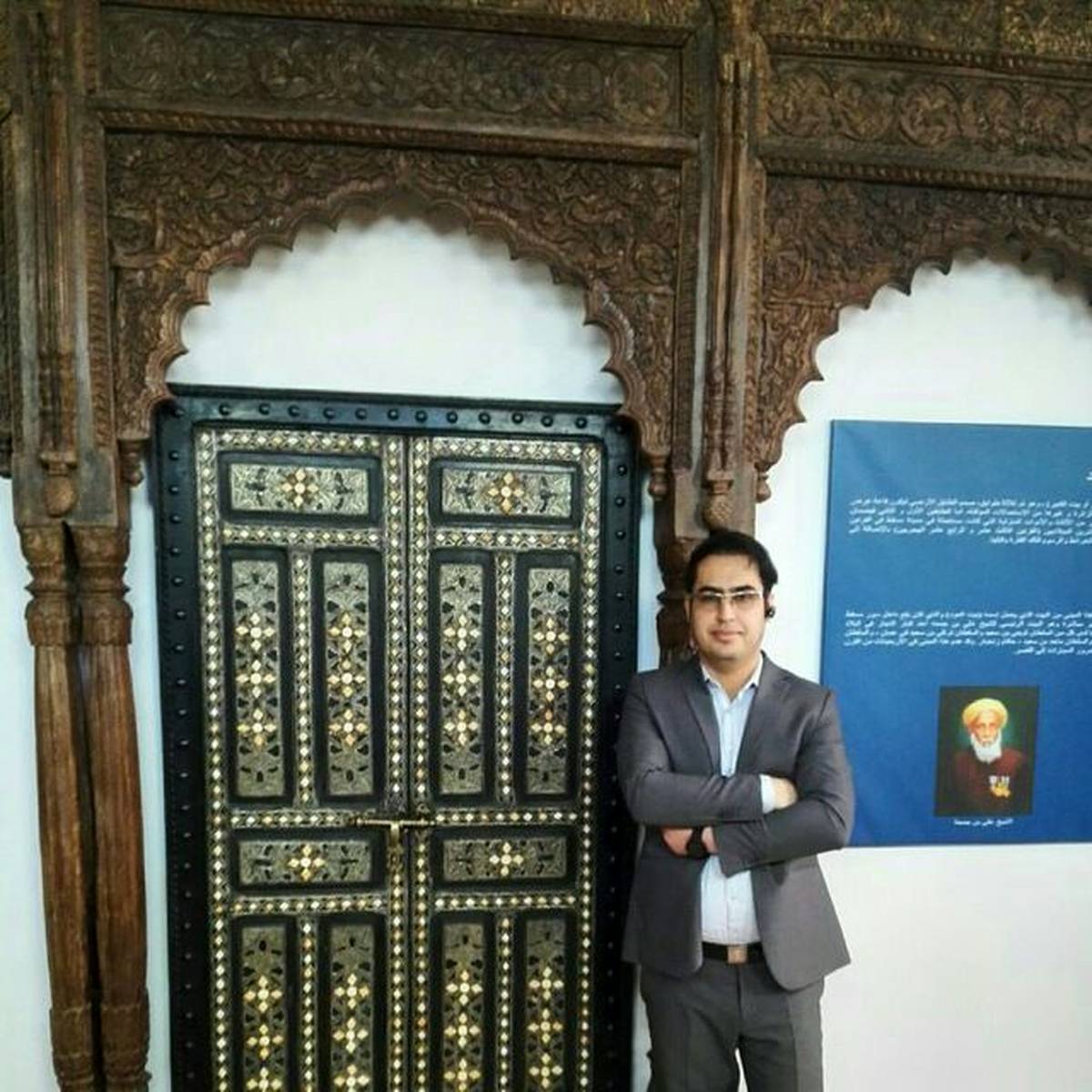
Seyedmohammad Omrany | Middle East Art | Middle Eastern Art
New Life for Middle Eastern Art with Ties to Economy / By Seyedmohammad Omrany
Chambers of Commerce & Fresh Air for Middle Eastern Art By Seyedmohammad Omrany
ArtDayMe: Seyedmohammad Omrany : The bond between the global economy and art has a long history. Once upon a time, the ruling classes and kings supported artists, but as time went on, it became clear that art was of greater value than its spiritual status, and that it was also an expensive product. Those who could afford to purchase paintings, sculptures, designs, and other forms of art naturally developed a market for them.
Since the emergence of big multinational auction houses, some scholars contend that the art market needs to be closely scrutinized. It is sufficient to look over the background of the three most prestigious and influential auctions in the world:
The very first auction in the world, Sotheby's, declared its founding in 1744, or 279 years ago. The oldest Christie's auction catalogue found in the company's archives dates back to December 1766. Christie's auction house was set up in London on December 5, 1766, and is now regarded as the most influential auction house in the world. The establishment of Bonhams auction house came around three decades later, in 1793.
These auctions demonstrate how the private sector is strategically present in the art market, buying and selling pieces of art and guaranteeing that their prices continue to rise. The biggest banking institutions and international economic cartels use pieces of art, such as paintings, sculptures, and other artworks, as support due to they have three centuries' worth of information about the art market and, beyond that, the economy of art.
The simple equation of "supply and demand" has a unique relevance in the art market since artists like Picasso, Van Gogh, Claude Monet, Camille Pissarro, Edvard Munch, and others are no longer alive to create. It was realized by the world three centuries ago.
Consequently, there is no supply at all, but there is always a market for art; And as time passes, the desire to own works of art grows more and more strong – dozens and dozens of museums spring out around the globe that desire to have a variety of works of art in their collection; Numerous affluent collectors from China to Europe and America, as well as elsewhere, have an insatiable need to purchase such works of human history, yet there is no supply; As a result, the cost increases dramatically.
It is unfortunate that Middle Eastern economists just began to understand the intricacies of the art market at the beginning of the 2010s, or a little more than ten years ago, even though we know collectors who, thanks to their intellect and connections abroad, have been collecting art for two decades.
Economic cartels that manage art collections create museum galleries, while fund emerging artists are multiplying every day, and the prominence of large corporations in the field of art investment has developed.
However, despite the success of Middle Eastern art and the astounding sales at Christie's, Sotheby's, and Bonhams auctions in Dubai, London, and Paris, among other cities, a sizable portion of the economy in the region still has little knowledge of the art market and is oblivious of its tremendous potential.
Since 2008, works of art have become strategic products, with Coca-Cola joining the ranks of oil, petrochemical, airline, and car industries, among others. This is due to historical ignorance of the art market, which views the work of art as the final commodity of capital.
The Middle East may undergo a paradigm shift as a result of the endeavor to connect important economic hubs and the arts. I pray that
Seyedmohammad Omrany is an art economics expert.

LEAVE A RELPY